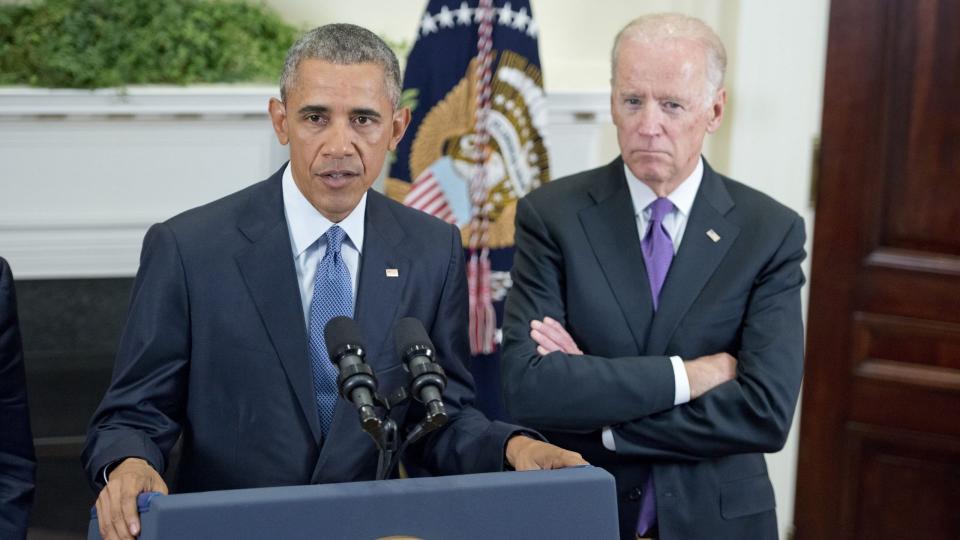How Biden’s Economic Plan Differs From the Obama Era Recovery So Far

Joe Biden served for eight years as President Barack Obama’s vice president, so it’s only natural that some parts of his economic plan would have things in common with the former president’s. However, the Biden administration is amplifying certain portions of Obama’s economic plan while also charting entirely new economic directions. Here’s an overview of the main ways in which President Biden’s economic plan differs from that during the Obama era.
Read: Biden’s First Month vs. Trump’s: Here Are the Major Numbers To Know
Affordable Care Act
The Affordable Care Act is one of the signature pieces of legislation coming out of the Obama years, even taking on the colloquial name “Obamacare.” Biden plans to take the foundation laid out during the Obama administration and run with it, expanding important features of the legislation.
Specifically, Biden plans to expand subsidies so that even those earning more than 400% of the federal poverty line will have their premiums limited to 8.5% of their income. He also would like to introduce a public healthcare plan, akin to Medicare, in an attempt to secure coverage for those who struggle finding coverage either with an employer or under the ACA.
See: What Does Joe Biden Mean for Healthcare This Year?
Climate Policy
Although the Obama administration made some moves to combat climate change, the Biden administration has made it one of its primary policy objectives.
Biden has set a national objective of net-zero carbon emissions in the United States by 2050, which is much more aggressive than any goals set by the Obama administration. Biden has also endorsed the rapid adoption of electric vehicles and other provisions, such as carbon capture technologies, to help reverse climate change. But the granddaddy of all of the Biden administration climate goals is to create 10 million high-paying green jobs. Biden may have a better shot to achieve his objectives than Obama did, as Americans as a whole have been more supportive of climate change legislation.
Find Out: Joe Biden’s Plans for the Shocking Costs of Climate Change
Student Loan Debt
The reduction or even elimination of student loan debt has been one of the signature policies of the new Biden administration, and at some point, you can likely expect some type of movement on this issue. Numbers that have been bandied about in terms of loan forgiveness range between $10,000 per borrower to $50,000 per borrower. What the final amount ends up being may come down to whether Biden attempts to get legislation passed through Congress or goes his own way via an executive action.
Although Obama accelerated student loan forgiveness and reduced payments for some borrowers, he didn’t adopt a blanket elimination of student debt.
More: Calculating Your Stimulus Check: How Much (If Any) Will You Get?
$15 Minimum Wage
Although Obama supported efforts to raise the minimum wage to $12 per hour, those efforts ultimately failed. President Biden is picking up the fight with an even more ambitious agenda: to raise the minimum wage from $7.25 to $15.
Although that type of bump will be difficult to achieve with a razor-thin Democratic majority in the Senate, the fight is gaining steam, with the progressive wing of the Democratic party extremely motivated to garner passage. If successful, this could have a huge impact on the economy and employment, although the specific results are hotly contested.
More From GOBankingRates
Last updated: March 8, 2021
This article originally appeared on GOBankingRates.com: How Biden’s Economic Plan Differs From the Obama Era Recovery So Far
